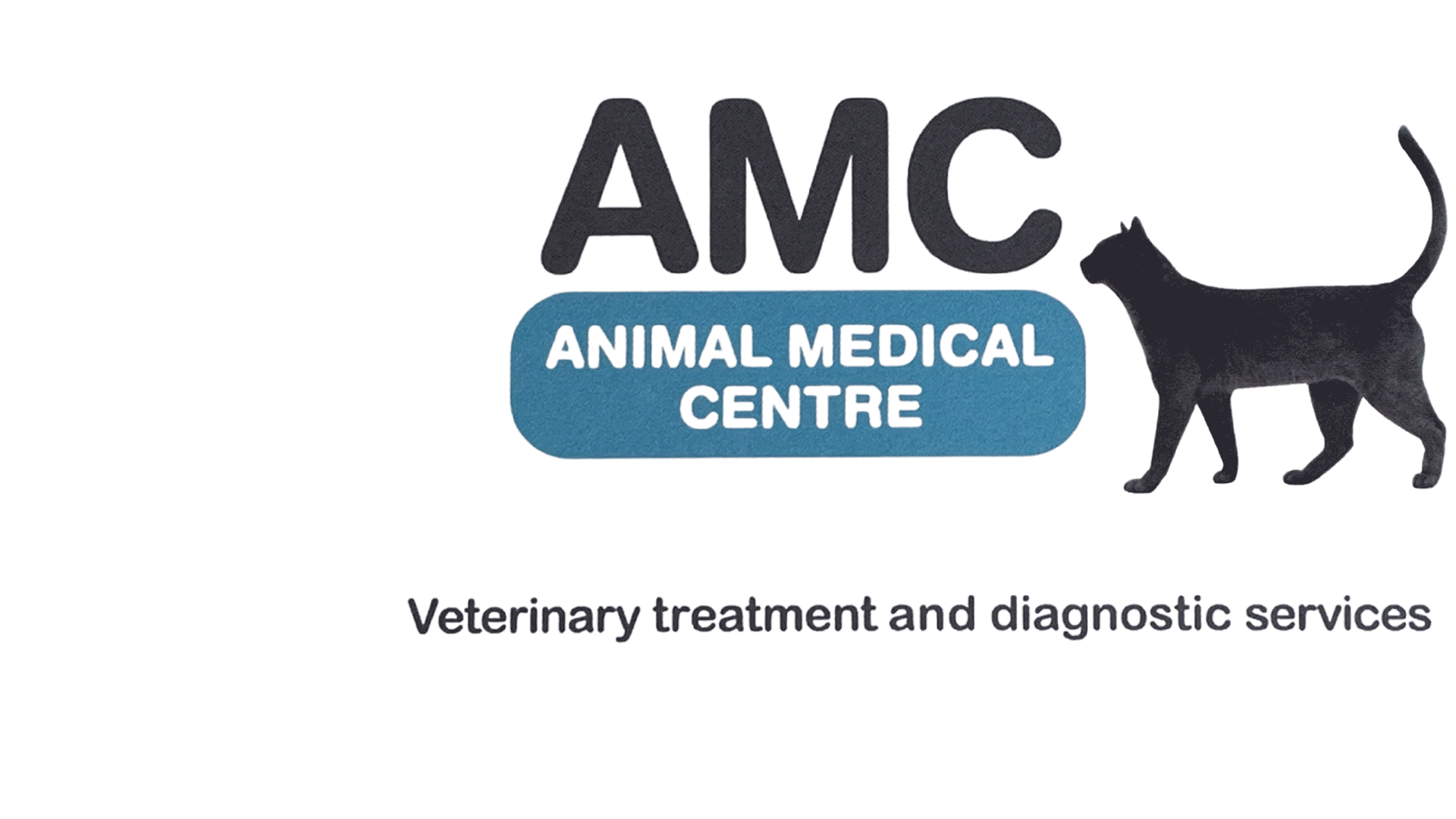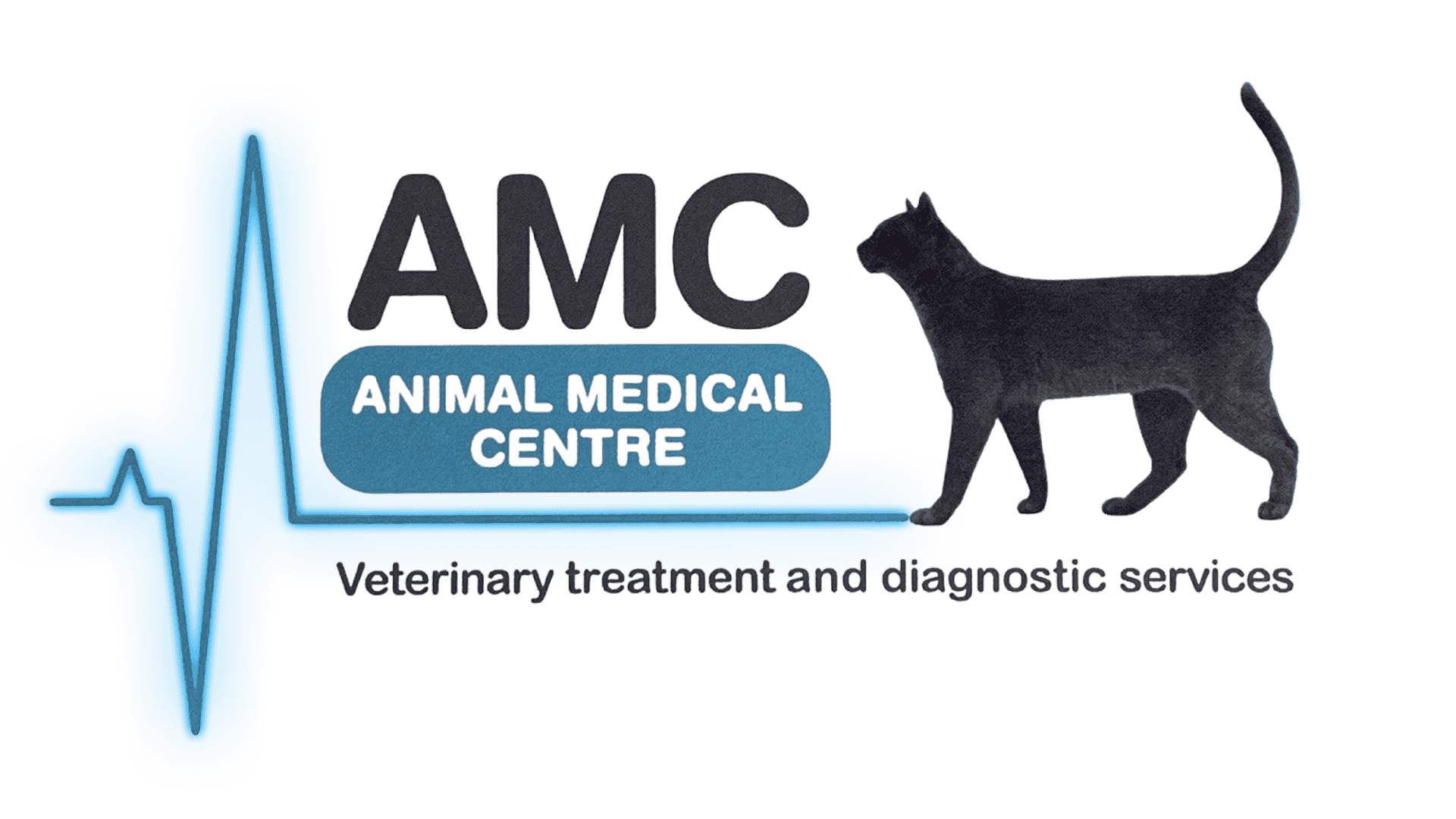Anaesthesia
At Animal Medical, we pride ourselves on performing the safest anaesthesia procedures on your pet.
All about pet anaesthesia
We use many of the same anaesthetic agents that are used in human surgery. Your veterinary surgeon will determine which anaesthetic is best for your pet and for the procedure being performed.
The anaesthesia process
Before administering your pets anaesthetic, we will obtain a small sample of their blood to test. This is an extra safety check to ensure they are healthy enough to metabolise the anaesthesia through their internal organs.
Doses of emergency drugs, that may be required, will be pre-calculated before commencing anaesthesia to help minimise any risk.
What else do you need to know about anaesthesia?
Here at the Animal Medical Centre, surgery is performed with the highest standards of sterility, whilst our theatre team closely monitors your pet’s heart, lungs and other vital functions.
- We advocate intravenous catheterisation for all our patients and peri-operative fluid therapy is recommended to aid the support of the body’s functions while under anaesthetic.
- We apply local anaesthetic cream applied to the skin to suppress pain from needle procedures, such as placing IV catheters and obtaining blood samples.
- We aim to minimise stress and anxiety for your beloved pet and peri-operative pain relief is a key part of achieving this.
- Short procedures are conducted under short-acting anaesthetics or sedation; these are injected into the muscle or vein.
- Longer procedures are carried out under general anaesthesia, which is delivered through a tube placed in the windpipe.
Do you need more information?
Get in touch today to speak to one of our experts.



